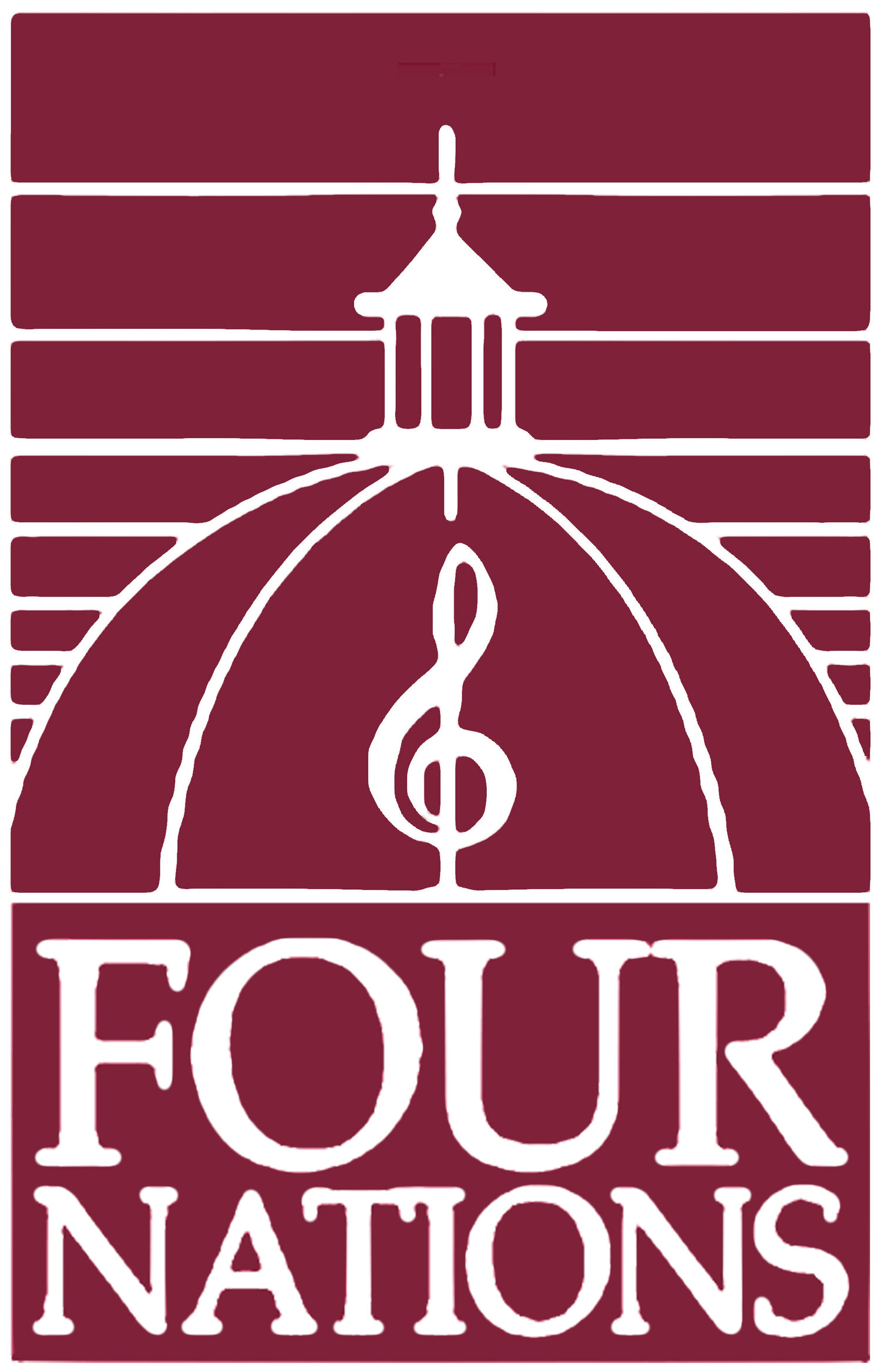The Schooling of Bach
Thursday, March 21st (Bach's Birthday) at 7:30 PM
The Church of the Holy Trinity
316 East 88 Street, New York City
Johann Sebastian Bach (aged 61) in a portrait by Elias Gottlob Haussmann, second version of his 1746 canvas. Bach is holding a copy of the six-part canon BWV 1076.
THE ARTISTS
Pascale Beaudin, soprano
Olivier Brault, violin
Loretta O'Sullivan, cello
Andrew Appel, harpsichord
THE PROGRAM
J. S. Bach
Trio in G major for flute, violin, & continuo
BWV 1038
Sonata for flute & continuo in E minor
BWV 1034
Sonata for violin & harpsichord in A major
BWV 1015
Three arias from cantatas
Seele, deine Spezereien BWV 249
Ich ende behende BWV 57
Gelobet sei der Herr BWV 129
W. F. Bach
Sonata for flute, violin, & continuo in B flat Major Fk. 50
C. P. E. Bach
Trio for flute, violin, & continuo in G major, WQ 144
People often question the message of Bach’s music when considering the texts of his cantata arias and the context of his personal religious life. Today, how can we resonate to his music so entwined in the words of his church? Often these words are found distasteful.
My response, and the response of our hearts and minds in listening to the St. Matthew Passion or Mass or a concerto is to pass through the scrim of text towards the underlying and timeless longings and joys illuminated in Bach's music. We all long for grace and for meaning in our lives. Just beyond the concrete detail of Bach’s 18th century Lutheran text is the shared desire for enlightenment and grace. If Bach asks for forgiveness in an aria, do we not all feel the pain of personal disappointment and understand the need for mercy in our lives? Who expresses this more beautifully than Bach? When we listen to the radiance of the Dona Nobis Pacem from the Mass, as trumpets begin to gild the lines like the shimmering light of sunrise, doesn’t Bach give us a vision of heaven on earth, gratifying to anyone no matter what belief they hold?
I am sure that this is why, every year on March 21st we want to celebrate and give thanks for the music of Bach.
The Sonatas for Violin & Harpsichord
There is no collection of works more joyful and triumphant than the Bach’s sonatas for violin and harpsichord. Whether in the ebullient keys of G, A or E major, or the dramatic ones of B, C, or F minor, there is always a sense of good health in these works and brilliance from each movement.
Bach gives us in these sonatas for violin and harpsichord (as well as his similar sonatas for flute or gamba and harpsichord) a new chamber music. Unlike the rich repertory of continuo works in which the harpsichord accompanies, here the keyboard plays an equally soloistic role as the violin. Bach enthrones the harpsichordist as partner if not leader in a new chamber music balance.
Yet, Bach is not a modernist. His values and his compositional orientation admires and flourishes in counterpoint, the musical accomplishment of the Renaissance. In his mind, every voice or instrumental part of a work needs to display a linear integrity. Those individual lines, two, three, or more, woven together result in a harmoniousness that has both direction and variety. At times, his counterpoint is so complex and meandering that we might be confused but the work is not. The music is well conceived and lives by Bach’s rules of beauty. There is no chaos in Bach’s world.
Johann Sebastian Bach's House, Leipzig, Germany, C1890
A modernist like Rameau might look scornfully at the regulations or schooling of Fux and Bach. Rameau believed that counterpoint was decoration and that the architecture of music was made of harmonies, not lines. The structure created by harmony allowed the composer to dispense with the restriction of linear coherence and use counterpoint, along with melody and instrumentation, as color, as the byproduct of chords. Bach stood in scornful disagreement and was an advocate for a history of musical values that was centuries old.
The sonata in A major may be the most leisurely and gracious of all six. There is a quality of midsummer serenade about the work most akin to the serenades of Mozart. The opening movement has the delight of a cool breeze on a sultry night. This is followed by an allegro that has the structure of a dacapo aria (ABA)! How deliciously confusing. And here Bach calls upon his power of three voiced composition. The right hand of the harpsichord and the violin forming the trio with the bass from the left hand of the keyboardist. However, Bach knows, just as Corelli did, when to abandon strict counterpoint and allow the violin to explode in arpeggios in a climax of energy and joyfulness. The third movement gives us the violin and right hand of the harpsichord in strict canon over a magical accompaniment of staccato arpeggios. The sonata finishes with a dancing figure of equal interest for the mind and the heart.


